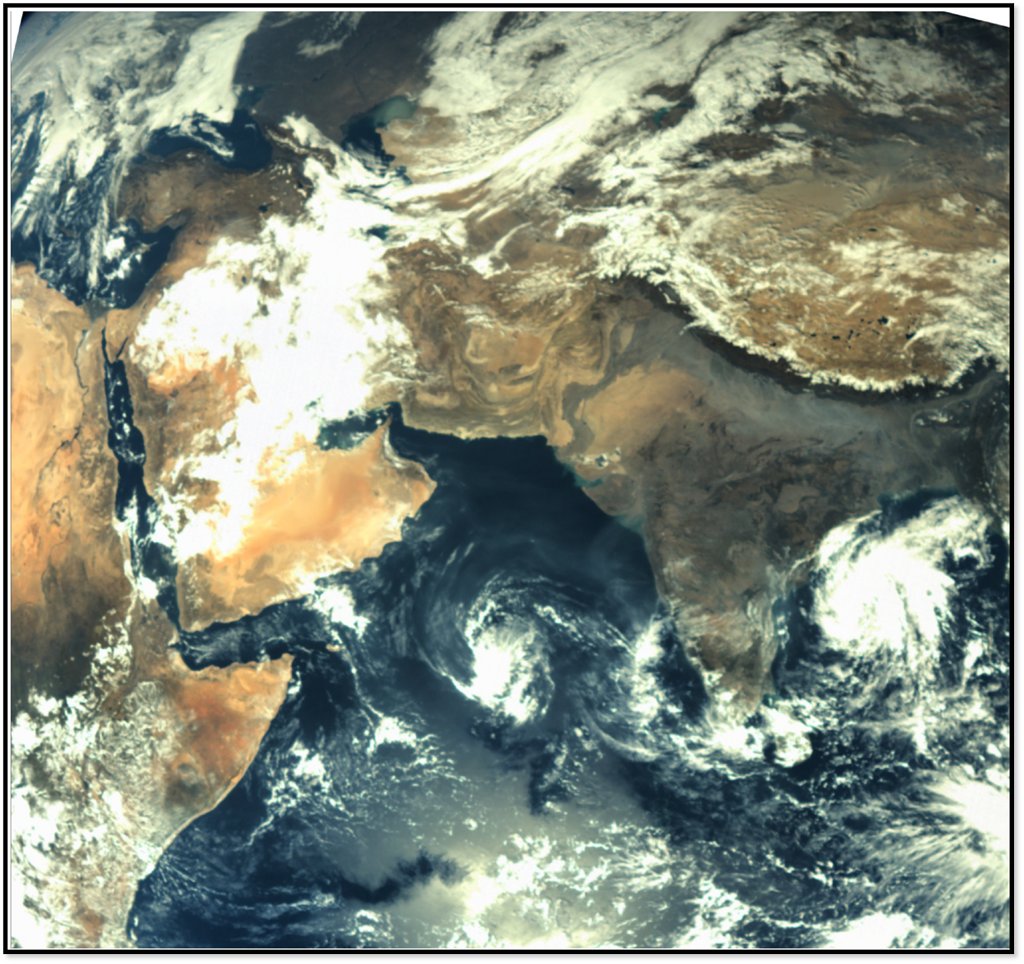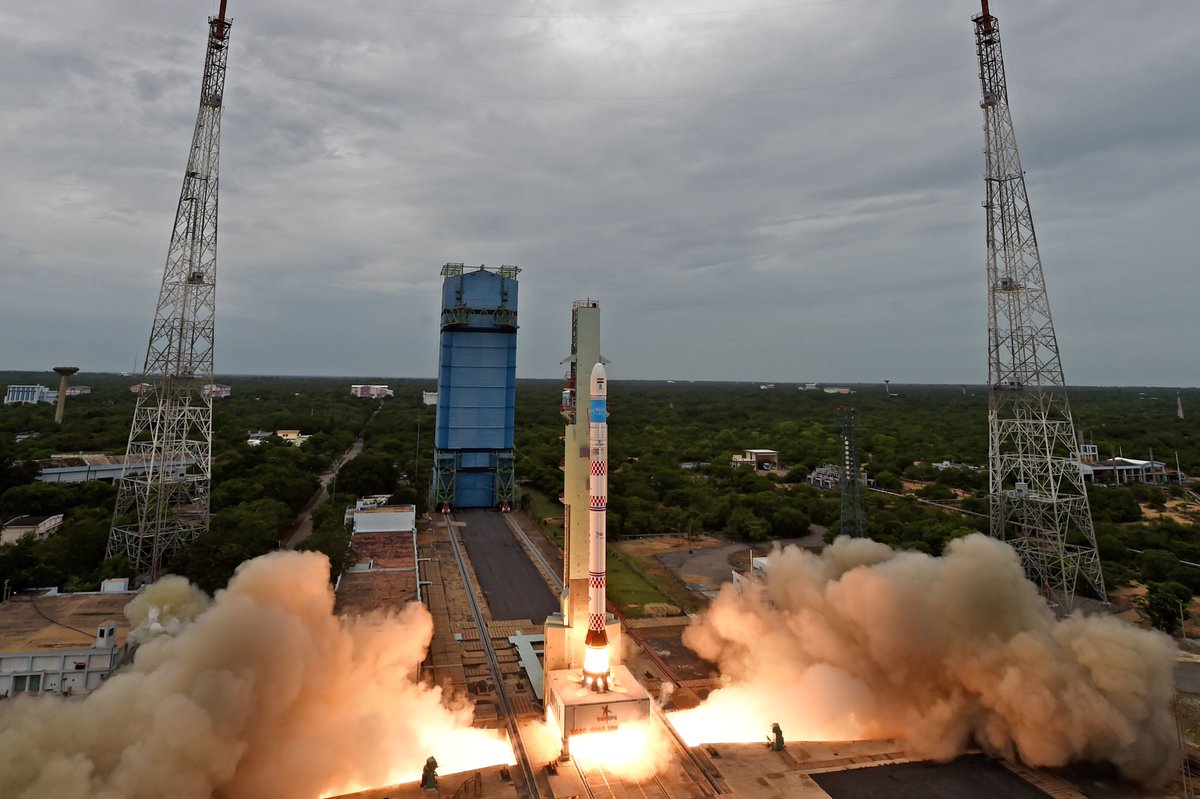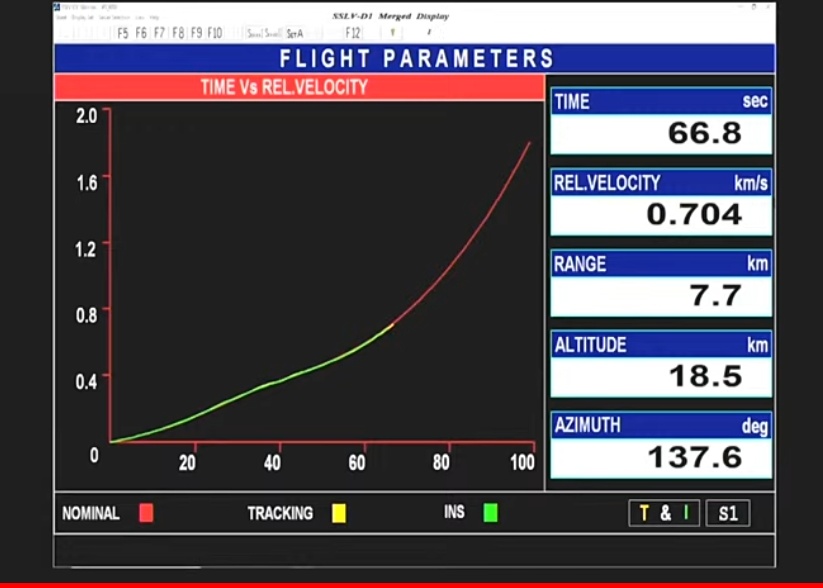
#Thread #Space #India
Space PSU @NSIL_India, which as part of a commercial contract will launch 36 satellites for @OneWeb onboard #GSLVMk3 at 12.07am Sunday, is not only hopeful of a successful mission, but also confident of future prospects. 1/n
Space PSU @NSIL_India, which as part of a commercial contract will launch 36 satellites for @OneWeb onboard #GSLVMk3 at 12.07am Sunday, is not only hopeful of a successful mission, but also confident of future prospects. 1/n

The #GSLVMk3, India’s heaviest launch vehicle, has so far had four missions, including the launch of Chandrayaan-2 after which it was officially declared operational. 2/n
Already sitting on the launchpad, a success will not only add to the GSLV-Mk3’s scorecard but also give @isro & @NSIL_India a second launch vehicle to offer to commercial customers. 3/n
So far, India relied solely on its workhorse #PSLV to do commercial launches. With an incomparable record and enviable global reputation, the PSLV has put into orbit 345 foreign satellites aside from other domestic missions. 4/n
I was the first to report that India was looking to use #GSLVMk3 commercially and Sunday’s mission will mark its debut. NSIL already has a contract to launch another batch of @OneWeb satellites, which is expected in early 2023, if not earlier. 5/n
@NSIL_India CMD Radhakrishnan D says: “Any new launcher entering a commercial market is historic and important. The confidence that the customer has placed on this launcher is remarkable and one we can be proud of.” 6/n
According to @NSIL_India, the mission will set a tone for future commercialisation of the #GSLVMk3 along with other options that India already has to offer to customers. 7/n
“Globally, there are multiple plans afoot for constellations of satellites in LEO (low Earth Orbit) and there will be a requirement for launchers that can place multiple satellites, say 30-40, in each launch… 8/n
…Such demand will be continuous becasue such sats have a lifespan of about 5-7yrs, which means there has to be replacements & also replacement with new-gen sats. And, #GSLVMk3 will be ideally suited for such missions given its lift capacity,” Radhakrishnan said. 9/n
While @OneWeb mission will carry 36 sats of 150kg each — around 5,400kg together — #GSLVMk3 can take up to 40 or 42 satellites, or 6,000kg to 6,300kg to LEO in one launch based on mission specifications. The rocket is designed to carry up to 8,000kg to a nominal LEO orbit. 10/n
“For the OneWeb mission the satellites have to be placed in a 500-km orbit with an inclination of 87 degree. If we go for a lower orbit and a 50 degree or 60 degree angle, we can carry 8,000kg or so,” Radhakrishnan pointed out. 11/n
Further, a dedicated mission of this magnitude and complexity is difficult to implement given that there are so many new interfaces and systems that pose challenges unlike in follow-up missions where we are familiar with systems. 12/n
“The fact that we have been able to turn things around so quickly — we signed the agreement sometime in April-May and we are already launching — is commendable. This is the shortest turnaround for a GSLV-Mk3,” Radhakrishnan further added. n/n
• • •
Missing some Tweet in this thread? You can try to
force a refresh













